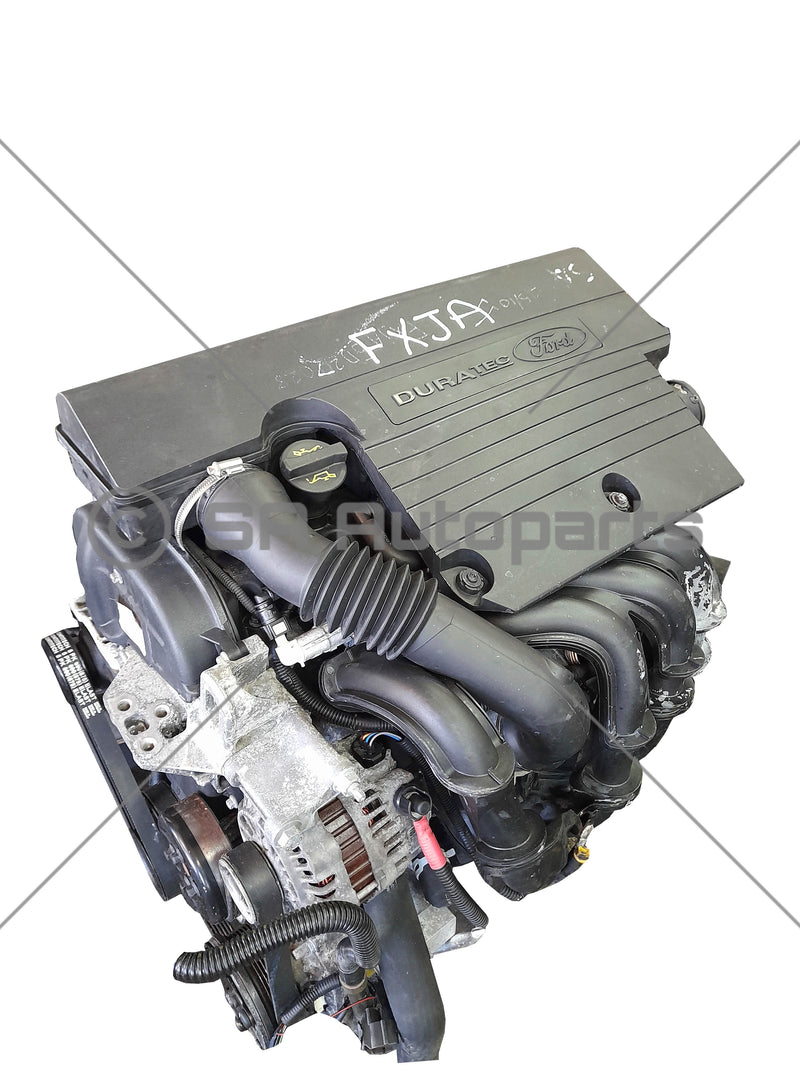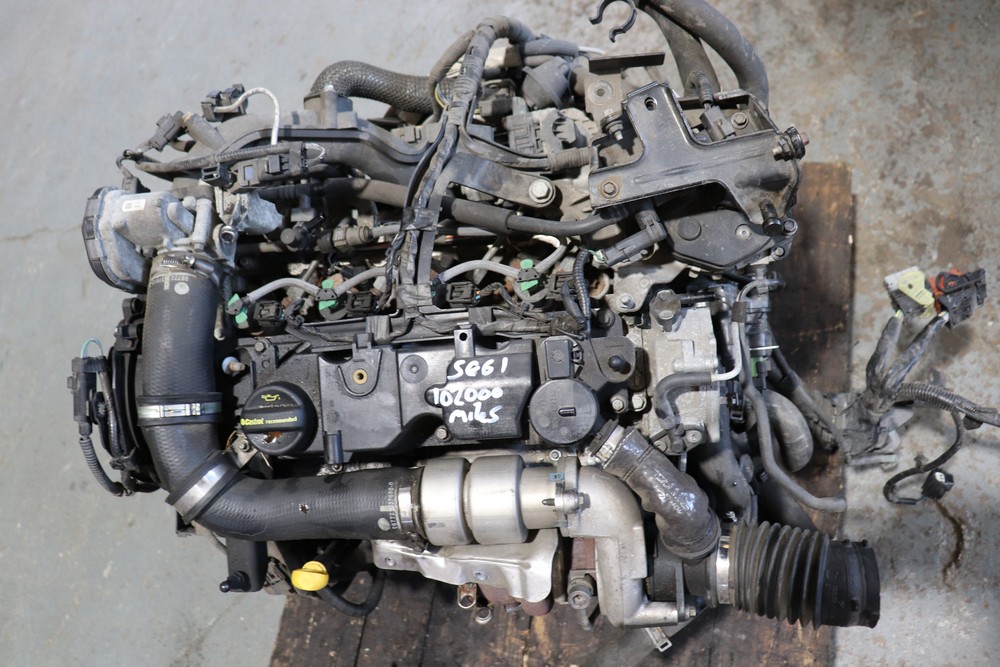Discovering the Development of Engines: From Classic Styles to Modern Marvels
The development of engine technology stands for a considerable story in the history of innovation, noted by crucial innovations that have actually constantly redefined transportation and market. From the initial steam engines that powered the Industrial Revolution to the introduction of interior combustion engines that changed wheelchair, each stage has actually added to higher performance and ability. Presently, the shift to electric power symbolizes not just a technological change however likewise a broader dedication to environmental sustainability. As we analyze these milestones, one should consider just how the future of engine design may unfold, challenging our understandings of power and efficiency.
The Birth of Engine Technology
The advent of engine modern technology marked a crucial moment in human development, changing power conversion and transportation. The earliest engines arised from the need to harness mechanical power for sensible usage, bring about the development of devices that converted various power kinds right into motion. The idea of the engine can be mapped back to ancient civilizations, where easy equipments, such as the waterwheel and windmill, used all-natural forces to perform job. Nonetheless, it was throughout the late 17th and very early 18th centuries that considerable innovations began to materialize.
The development of the internal burning engine and the innovation of the steam engine militarized an extensive change in commercial capabilities. These engines not just boosted performance however likewise broadened the range of human movement, allowing extraordinary transport possibilities. The very early prototypes prepared for the mechanical world, promoting the surge of industries and improving social frameworks.
As engine designs progressed, they progressed and integrated innovative materials design principles, leading the way for modern-day advancements - ford fiesta engine. The birth of engine modern technology ignited a ruthless quest of performance and power, setting the stage for the vibrant development of transportation and industrial machinery that would certainly adhere to
Heavy Steam Engines and Their Effect

The heavy steam engine's influence was specifically apparent in the transport industry (ford fiesta engine). Steam-powered locomotives promoted the fast activity of products and people throughout large distances, efficiently shrinking the geographical obstacles that had actually previously prevented trade and interaction. Steamships revolutionized marine travel, permitting for quicker and much more dependable crossings of oceans and rivers.
In market, heavy steam engines powered manufacturing facilities, making it possible for automation and the surge of urban facilities as hubs of financial activity. This change not only modified labor dynamics but also contributed to the emergence of a consumer-driven culture. Heavy steam technology promoted technologies in design and manufacturing procedures, laying the foundation for future developments in engine layout. The heritage of steam engines is extensive, reflecting an essential moment in human ingenuity and the relentless search of progress.
The Increase of Inner Burning
Regularly eclipsing steam power, the rise of internal combustion engines marked a transformative change in transport and sector during the late 19th and early 20th centuries. The development of these engines, identified by their capacity to shed fuel within the engine itself, allowed better performance and power compared to traditional heavy steam engines. Introducing developers such as Nikolaus Otto and Rudolf Diesel played critical roles in improving engine styles, resulting in widespread fostering in cars, watercrafts, and industrial equipment.
The interior combustion engine's portable dimension and fairly light-weight nature promoted the introduction of personal automobiles, reinventing individual flexibility and reshaping city landscapes. By allowing faster traveling and the reliable transport of products, these engines catalyzed financial growth and fostered globalization. The versatility of gas alternatives, consisting of gasoline and diesel, additionally improved their appeal, allowing for varied applications throughout different fields.
Despite the environmental problems that would later develop, the initial appeal of internal combustion modern technology lay in its transformative capacity. As culture accepted this technology, the structure was laid for contemporary transportation systems, developing inner burning engines as a keystone of industrial development and day-to-day live throughout the 20th century.
Improvements in Engine Effectiveness
As interior combustion engines ended up being indispensable to transportation and industry, the focus changed towards enhancing their efficiency to satisfy growing demands for performance and sustainability. Advancements in engine style, material scientific research, and technology have substantially contributed to this evolution.
One significant advancement is the advancement of turbocharging, which enables increased air consumption, resulting in more full gas burning and improved power result without expanding engine size. Furthermore, variable valve timing systems have been carried out to enhance engine efficiency throughout numerous click to read more RPM arrays, thus enhancing fuel efficiency.
The More Bonuses use of sophisticated gas shot modern technologies, such as direct shot, has likewise played a vital role. This approach permits for more precise control over the fuel-air combination, advertising much better combustion and lowering discharges. Lightweight materials, consisting of aluminum and composite components, have actually been embraced to minimize general engine weight, leading to enhanced effectiveness.
These advancements mirror a more comprehensive fad within the vehicle sector, where the harmony between engineering technology and ecological considerations drives the continuous pursuit for greater effectiveness in interior burning engines. As a result, modern engines are now much more effective, cleaner, and efficient than ever, leading the way for a more sustainable future in transportation.
The Change to Electric Power
With expanding problems over ecological influence and nonrenewable fuel source dependency, the vehicle market is experiencing a substantial shift towards electrical power. This change is driven by a combination of technical advancements, regulative pressures, and changing consumer choices. Electric cars (EVs) offer a compelling option to typical interior burning engines, flaunting decreased greenhouse gas emissions and reduced operating expense.
The surge of battery innovation has actually been a video game changer, with lithium-ion batteries coming to be a lot more cost-effective and reliable. Improved energy thickness and faster charging capabilities have made EVs much more functional for everyday usage. Additionally, governments worldwide are executing incentives and establishing ambitious targets for eliminating nonrenewable fuel source lorries, therefore speeding up the adoption of electric power.
As charging facilities expands and battery innovation continues to boost, the shift to electric power is positioned to improve the automotive landscape, promoting sustainability and innovation in the years to come. The future of transportation is electric, and the momentum why not look here is obvious.
Verdict
The advancement of engine innovation represents a significant trajectory of technology that has greatly affected transportation and sector. From the foundational steam engines to the transformative internal combustion engines, each development has added to enhanced movement and economic development.
